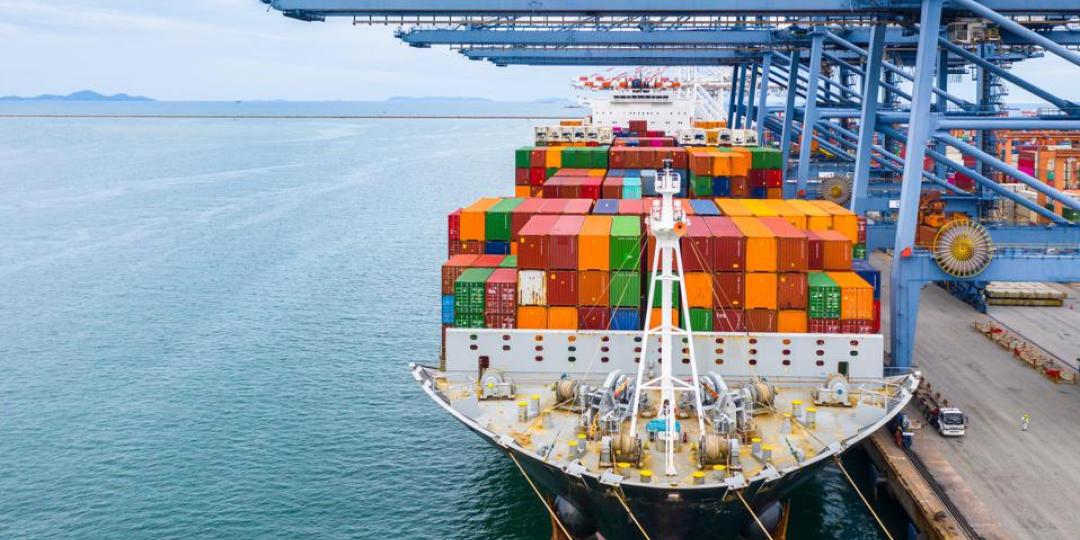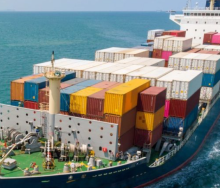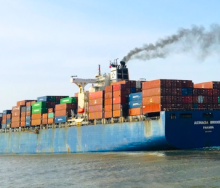Fitch Ratings has revised its outlook for shipping to ‘deteriorating’ from neutral, reflecting the challenges facing container shipping.
While the easing of supply chain pressures has led to the near normalisation of container freight rates, the ratings agency forecasts that tankers and dry bulk will remain stable, with the former the most likely to perform well.
As has been widely predicted, liner profits in 2023 are likely to be much weaker than excessive profits over the past three years.
The main risks, says Fitch, are the potential for a harsher recession than expected and the continuation of pandemic-related lockdowns in China that could lead to further weakness in demand and manufacturing.
And although it’s not likely, any port capacity limitations in China in excess of lockdown-related production limitations could be positive for container freight rates.
Drilling down to the detail, benchmarking platform Xeneta points out in its latest analysis that on average, across the six main trades out of the Far East, the spot rate has fallen by 75% since the start of the year.
On the long-term side, however, the picture is different, with not all the trades having seen a fall. On average, the long-term rate has fallen – but only by 13% across these six main trades out of the Far East.
The industry’s glory days are clearly over – but with major shipping lines (that report financial figures) having amassed a staggering $124 billion in operating profit in 2021, following that up with nearly $122bn in the first three quarters of 2022 alone - according to figures just released by maritime consultancy Sea-Intelligence – they have no room to complain.












